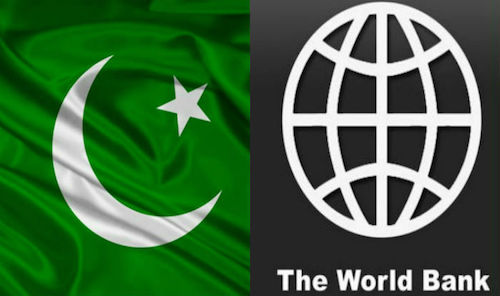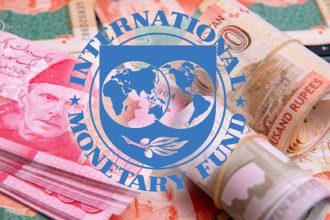Due to the severe floods and global growth slowdown, the World Bank has lowered Pakistan’s GDP growth prediction from 4% to 2% for 2022–23.
The World Bank’s Global Economic Prospects-January 202 study projected Pakistan’s real GDP at 2 percent in FY2022/23, half the pace predicted in June.
The research claimed that severe flooding last August killed many and worsened an already difficult economic situation with low foreign exchange reserves and high budget and current account deficits. In addition, one-third of the country was damaged, damaging infrastructure and directly harming 15% of the people.
By delaying the current and forthcoming planting seasons, the floods were projected to severely impair agricultural production, which accounts for 23% of GDP and 37% of employment, forcing 5.8 to 9 million people into poverty. In addition, policy uncertainty worsened economic prospects.
The research predicted 5.5% growth in South Asia in 2023 and 5.8% in 2024.
The report says that South Asia, which gets 20% of its calories from wheat, is experiencing food insecurity. It warned that while global food price inflation has slowed, hardship and malnutrition remain high.
“Pakistan faces severe economic conditions, particularly the impacts of the recent flooding and persistent policy and political uncertainty,” the report added. However, as the government takes policy measures to stabilize macroeconomic conditions, inflationary pressures recede, and rebuilding begins after the floods, growth is predicted to be stronger than in much of the area due to appropriate policy buffers to assist the recovery and raise public investment.
“To achieve macroeconomic stability, Pakistan and Sri Lanka have had to tighten policy faster,” it said.
Pakistan’s floods caused 4.8 percent of GDP damage. “Extreme weather events can worsen food deprivation, cut off key supplies, destroy infrastructure, and directly hinder agricultural productivity,” the report said.






